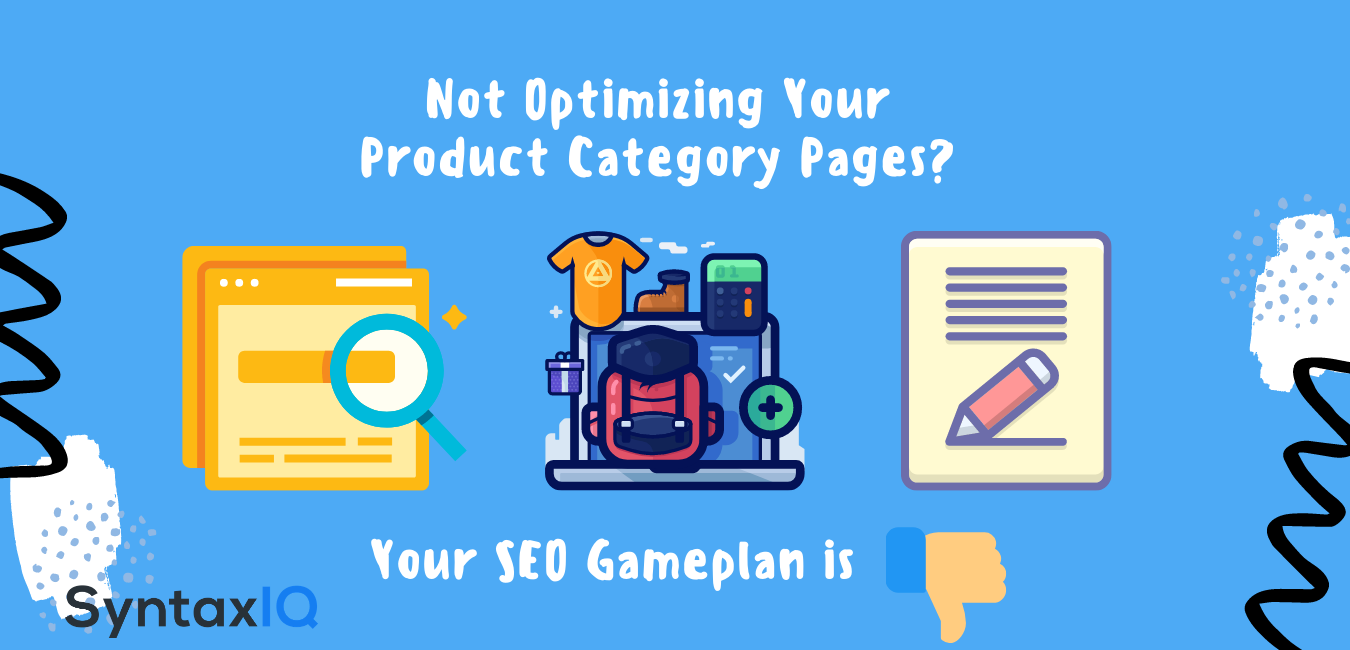Why Is Dwell Time Important For SEO?
By Paul Wynter August 2nd, 2020Have you wondered what happens after you search for something on a search engine? You get a list of results relevant to your query, and you go through them to find the ones most relevant. You generally click on the search results that take you to the concerned website. If it is helpful, you go through all the details there, and if it isn’t, you go back to the search results to find the next most relevant website to visit. Now, the fact that concerns SEO techniques are how much time you spend on each result you see. After all, each website or content published on the web would like to garner the readers' attention for a long time. The ultimate aim of all web content is to make people spend more time by increasing their interest.
What is dwell time?
Dwell time is a technical term used to refer to the time a user spends on a page derived from the search results. For instance, a user may search “How to clean waterproof leather boots” on Google. This will lead to pages after pages of search results. Not all of them would be helpful to the user. The best of them will feature first according to the Google ranking. The user will open the first or the second result if they seem relevant and useful. It takes him or her to the website, which can be very helpful or extremely slow and tedious. If the user finds it difficult to understands, or dull and boring, he or she will not spend more than 10 seconds there. So, before returning to the search results, the user spent 5 to 10 seconds on that page. This is considered the dwell time. If the next result has interesting content, the user may spend a dwell time of 2 to 5 minutes even.
Meta Description: Definition
We can define meta descriptions as a snippet of around 160 characters that can summarize any webpage’s content. It acts as a meta tag in HTML. In any results page of a search engine (SERP), the meta description can be found under the page title and its URL. It affects on-page SEO critically, and hence our need to understand all about it is established. We can find the meta description in the search results of any search engine mostly when we search for a phrase that is included in the meta description. It ranged about 160 characters so that we don’t go on describing the page more than required. It must also entice the web searchers to look into the content of the web page. So meta descriptions must be able to highlight the value of the webpage’s content precisely.
Why is dwell time important?
Now that you have understood what dwell time is, it is important to look at its purpose. You may wonder why it is necessary to know the dwell time for websites. Every time you return to the results found on a search engine like Google after dwelling on a page, it notes the dwell time. Thus, this dwell time tells Google whether you spent 5 seconds on a particular page or 5 minutes. Google analyses whether the content of the page is valuable to the readers searching particular keywords. For instance, a page where most users spend 5 to 10 minutes reading each and every word is obviously more helpful to most users than the ones where they spend about thirty seconds. Google analyses that from the dwell time of several users on each page and boosts the rankings accordingly. A page where most people spend very less time goes down in terms of rankings compared to those where people find engaging content and spend a lot of time or revisit several times.
What increases or reduces dwell time of users on a page?
If dwell time is so crucial in deciding your ranking on the search engine results, what determines whether people would like to spend more time on the site? Certain factors contribute to increasing or decreasing the dwell time for users on a specific page.
Factors that reduce the dwell time
o Slow website irritates reading who is in a hurry to search for something. They do not like to wait for the site to take minutes to load. o If the content is not exciting and does not talk about important stuff, people decide to leave soon. o Long paragraphs in small font size with no proper division marked in the content makes readers feel bored. It does not interest many of them to take the effort to read so much. o Lack of graphics and organization on a page also disinterests the readers. If it is difficult to find things on a website, and the users cannot navigate easily, they will decide to click the back button.
Factors that increase the dwell time
o Websites that open fast in a few seconds are generally favorable to the users. If they find the pages opening quickly on clicking on various options on the site, they are happy with it. o Easy navigation and well-displayed menus, options, and content always attract viewers and make them feel comfortable. o Readers always prefer well-organized content with related graphics. For instance, if it is a tutorial, people will always prefer pictures and videos at each step to relate better. Add relevant images or videos, and a background featured image to your content to make it more engaging to the audience. o Finally, the content and its display matters a lot to the readers and increase the dwell time. Write engaging content in small paragraphs, divided into sections with proper subheadings and the right font and font size. The users can go through the headings and subheadings to get an overview of the content, and move to the relevant section, or read the entire thing if it interests them. o Mobile optimized sites are always better since a lot of users search the internet from their phones.
Dwell time makes a significant impact on the SEO of a page, deciding its ranking. Ensure that your content follows the SEO guidelines to have better chances of a high dwell time and boost your rankings.
Share:
Create Your Free Account
Have questions? Contact Us at [email protected]





